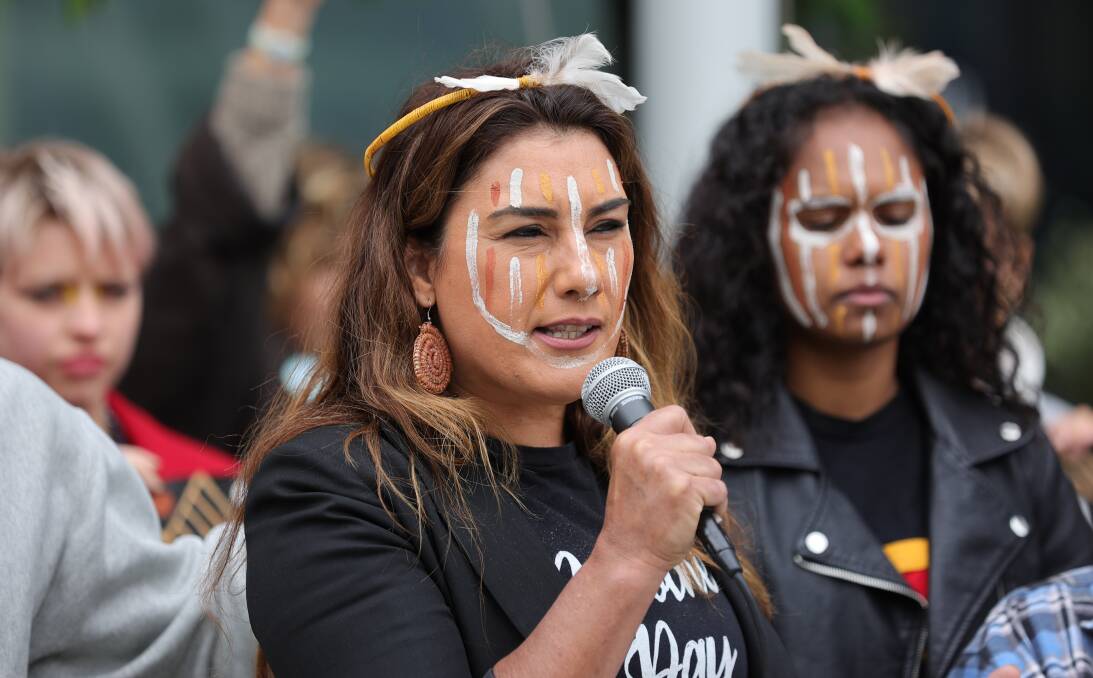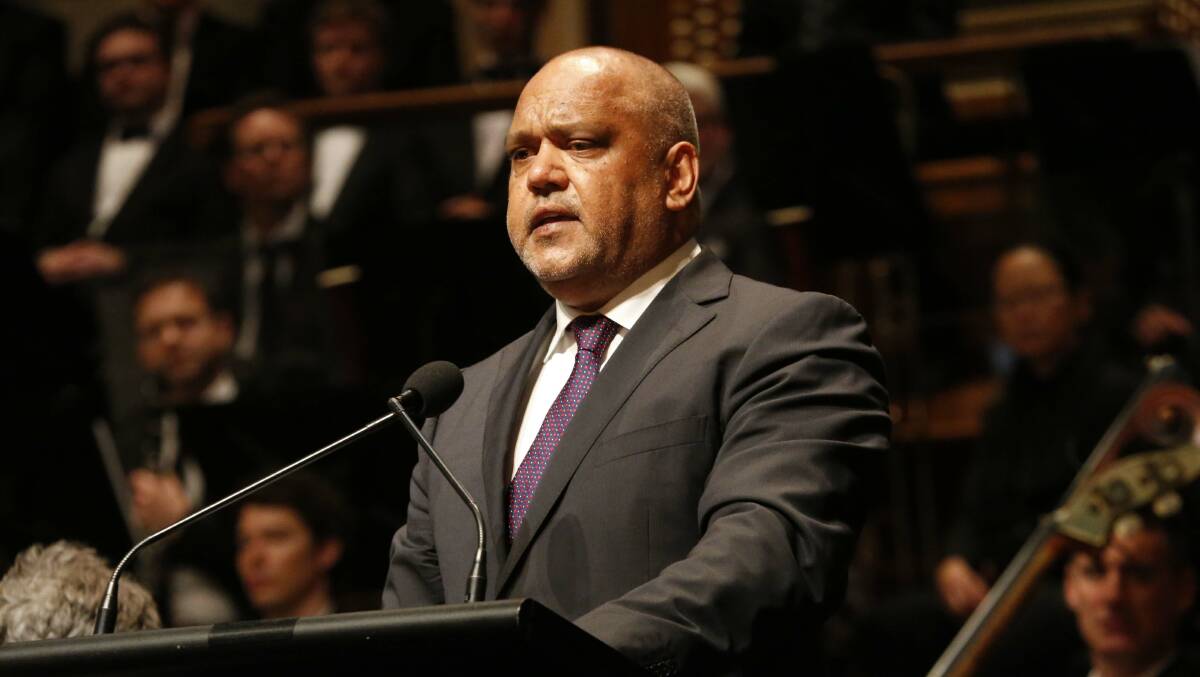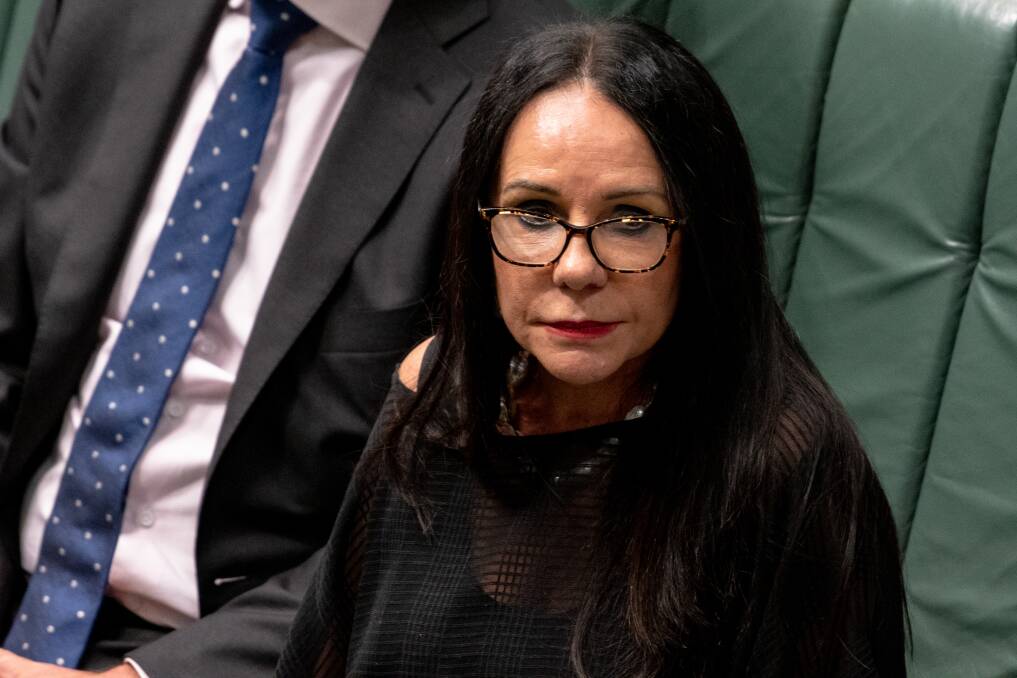The current public debate about the referendum on an Indigenous Voice to Parliament, associated with continuing arguments about Australia Day, has highlighted the diversity among Indigenous voices, both the parliamentary Indigenous representatives and wider community activists.
Subscribe now for unlimited access.
$0/
(min cost $0)
or signup to continue reading
There may never have been such a huge number of widely recognised Aboriginal and Torres Strait Islander voices. The number of Indigenous federal MPs has reached a record level and now makes up a higher percentage of the Parliament than ever before, higher even than the Indigenous percentage of the population.
That is a good thing after years of no representation at all, followed by underrepresentation. If ever the wider community believed, incorrectly, that Indigenous Australians thought alike, that has been demonstrated not to be the case.

The eleven Indigenous MPs are spread widely across the Federal Parliament and feature in both houses. There are eight senators and three House of Representatives members who identify as Indigenous. They include nine women and two men; six Labor, one Liberal, one National (CLP), two Greens and one independent. This variety is welcome. The imbalance in distribution between houses of Parliament, gender and party reflects party selection processes and the nature of emerging leadership within Indigenous communities.
Whether these party patterns persist remains to be seen. Both the first federal Indigenous MP, Senator Neville Bonner, and the first Indigenous House of Representatives member and first Indigenous minister, Ken Wyatt, were Liberals. Linda Burney, Labor, was the first female Indigenous member. Most of these 'firsts' were very recent and the growth to eleven representatives has been something of a long-overdue explosion.
READ MORE JOHN WARHURST:
One day there will be an Indigenous prime minister, though such developments come slowly as the single female prime minister shows. Before then, there will probably be examples of Indigenous minor party leaders and senior ministers, such as Treasurer and Minister for Foreign Affairs.
The best-known Indigenous parliamentarians today are Linda Burney, Minister for Indigenous Affairs and Member for Barton, Senator Pat Dodson (ALP, WA), Senator Jacinta Nampijinpa Price (CLP, NT), Senator Jacqui Lambie (Independent, Tasmania), and Senator Lidia Thorpe (Greens, Victoria). Their profiles rank among the highest in the whole Parliament. Some of the others are new and relatively unknown nationally.
Burney and, to a lesser extent, Dodson are leading the "Yes" case for the Albanese Government. Price is a leading "No" voice, prominent in the adoption by the Nationals of an official "No" stance. Thorpe has queried whether a Treaty should be a higher priority than a Voice to Parliament and muddied public perception of the Greens' position. These three positions, "Yes", "No" and "Maybe", also represent distinct themes within the broader non-Indigenous community debate.

The same diversity is evident within the wider Indigenous community. Many are widely recognised for playing a leading role within the official case for the Voice. These include high-profile academic campaigners such as Professors Megan Davis and Marcia Langton and Boyer Lecturer, Noel Pearson, as well as a host of younger Indigenous leaders from right around the country.
Prominent Indigenous speakers against the Voice from a more conservative position include former Labor Party president and federal Liberal candidate, Nyunggai Warren Mundine. From a radical position, leaders of the Aboriginal Tent Embassy in Canberra have also called for a "No" vote and organised Australia Day protests to advocate that position. These two different negatives on the Voice threaten a pincer movement from right and left against the "Yes" campaign somewhat like the 1999 opposition to the republic referendum.
The wide range of Indigenous contributors to public debate, both in and out of Federal Parliament, does not weaken the case for an official Voice to Parliament, but it provides useful broader context, exploring the distinct role of a Voice compared to that of Indigenous members of Parliament.

The primary role of Members of Parliament is to represent their official constituencies; that is, electorates if they are members of the House of Representatives and states or territories if they are Senators. They are not meant to just represent followers of their political parties or voters of a particular gender or ethnic group. If it happens at all such representation is secondary, though it can be very worthwhile. Women parliamentarians have played an important role representing the interests of women, for example.
It is crucial that Parliament be "representative" of the community as a whole and the current Parliament has rightly been welcomed as more representative than ever before of minorities such as Indigenous and non-English speaking background communities. But this representation is a contribution to the 'whole of Parliament' representation of the community rather than specific representation of a particular section of the community in one electorate or state/territory.
In this context, Australia is at an early stage of full Indigenous representation. Many Indigenous MPs are called upon to play a special role in representing the views and aspirations of Indigenous Australians. They achieve their high profile in doing so and often are asked to hold Indigenous portfolios as Wyatt and Burney have done. Price too is building such a reputation in opposition.
This will change over time. It may remain the case the Minister for Indigenous Affairs will identify as Indigenous, but Indigenous MPs will often also hold a range of other portfolios too.
The Indigenous Voice to Parliament is quite a different form of representation and should not be confused with Parliament itself. It is a specialist advisory mechanism to offer the voice of the whole Indigenous community to Parliament primarily on issues of concern to that community.
- John Warhurst is an emeritus professor of political science at the Australian National University.


